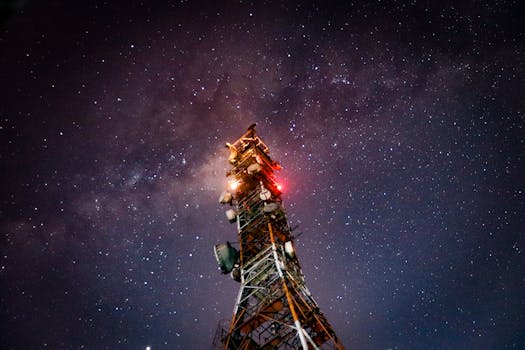
MEO Satellites: Revolutionizing Global Communication with Medium Earth Orbit Technology
MEO satellites, or Medium Earth Orbit satellites, are a type of satellite that operates in an orbit between 2,000 and 36,000 kilometers above the Earth’s surface. This orbit is higher than Low Earth Orbit (LEO) satellites but lower than Geostationary Orbit (GEO) satellites. MEO satellites are designed to provide a unique combination of coverage, capacity, and latency, making them an attractive solution for a wide range of applications, including telecommunications, navigation, and Earth observation.
History and Development of MEO Satellites
The concept of MEO satellites dates back to the 1960s, when the first satellites were launched into Medium Earth Orbit. However, it wasn’t until the 1990s that MEO satellites began to gain popularity, with the launch of the first commercial MEO satellite constellation, Iridium. Since then, several other constellations have been launched, including Globalstar, O3b, and SES’s O3b mPOWER.
One of the key drivers of the development of MEO satellites has been the need for faster and more reliable communication services. Traditional GEO satellites have high latency and limited capacity, making them less suitable for applications that require real-time communication, such as video conferencing and online gaming. MEO satellites, on the other hand, offer significantly lower latency and higher capacity, making them an attractive solution for these applications.
Advantages and Applications of MEO Satellites
MEO satellites have several advantages that make them suitable for a wide range of applications. Some of the key benefits include:
Lower latency: MEO satellites have a significantly lower latency than GEO satellites, with round-trip times of around 50-100 ms. This makes them suitable for real-time communication applications such as video conferencing and online gaming.
Higher capacity: MEO satellites have a higher capacity than LEO satellites, making them suitable for applications that require high-bandwidth connectivity, such as broadband internet access and cellular backhaul.
Global coverage: MEO satellites can provide global coverage, making them suitable for applications that require connectivity in remote or underserved areas.
Some of the key applications of MEO satellites include:
Telecommunications: MEO satellites are used to provide broadband internet access, cellular backhaul, and other telecommunications services.
Navigation: MEO satellites are used to provide navigation services, such as GPS and GLONASS.
Earth observation: MEO satellites are used to provide Earth observation services, such as weather forecasting and disaster monitoring.
Challenges and Limitations of MEO Satellites
Despite the advantages of MEO satellites, there are several challenges and limitations that must be considered. Some of the key challenges include:
Interference: MEO satellites can experience interference from other satellites and terrestrial systems, which can impact their performance and availability.
Atmospheric drag: MEO satellites can experience atmospheric drag, which can cause them to lose altitude and eventually re-enter the Earth’s atmosphere.
Cost: MEO satellites are typically more expensive to launch and operate than LEO satellites, which can make them less attractive for some applications.
Conclusion
In conclusion, MEO satellites are a revolutionary technology that is transforming the way we communicate globally. With their unique combination of coverage, capacity, and latency, MEO satellites are an attractive solution for a wide range of applications, including telecommunications, navigation, and Earth observation. While there are several challenges and limitations that must be considered, the benefits of MEO satellites make them an exciting and rapidly evolving field of research and development.